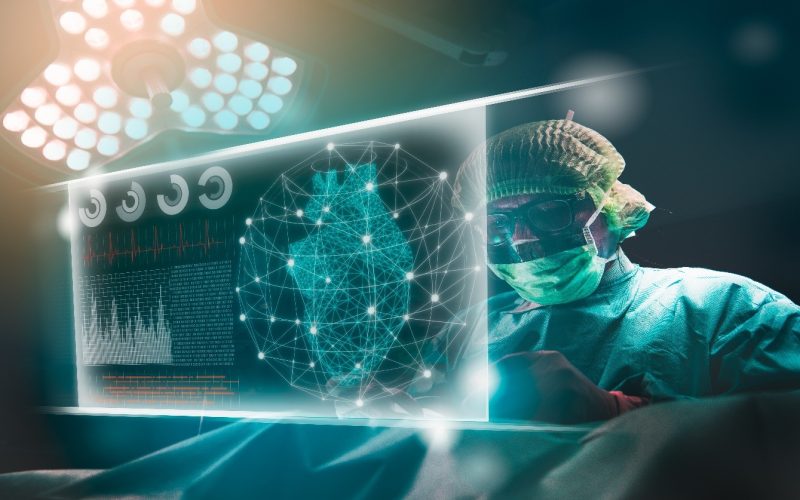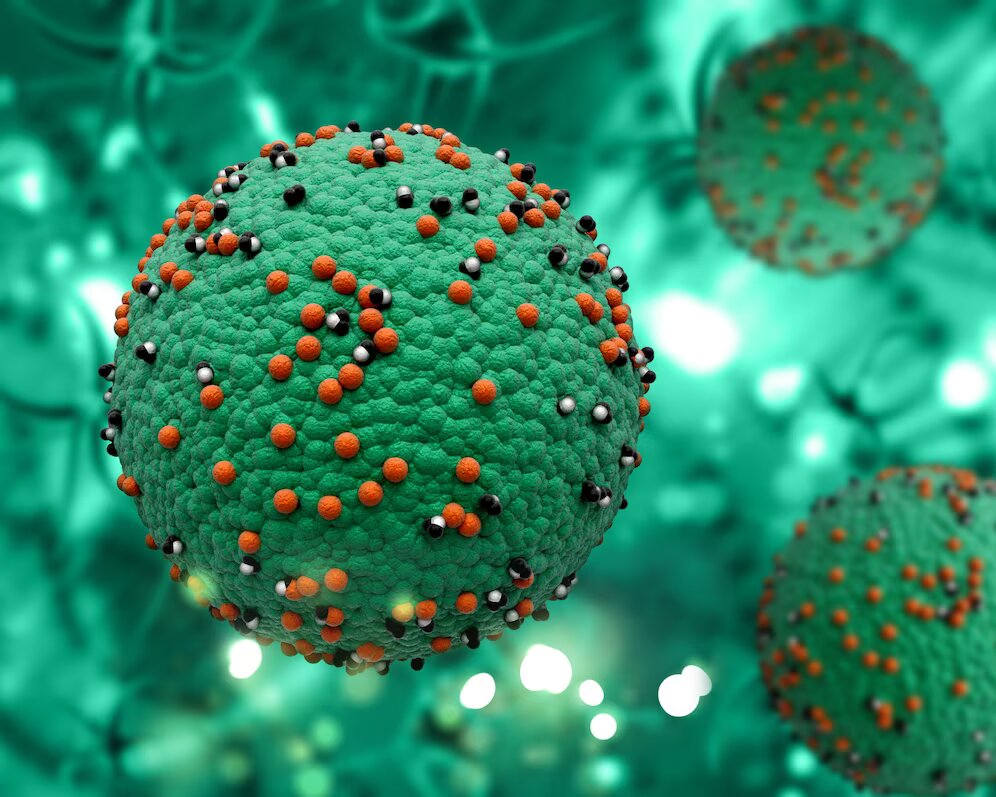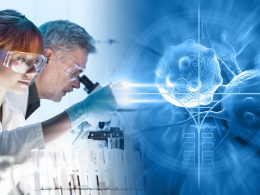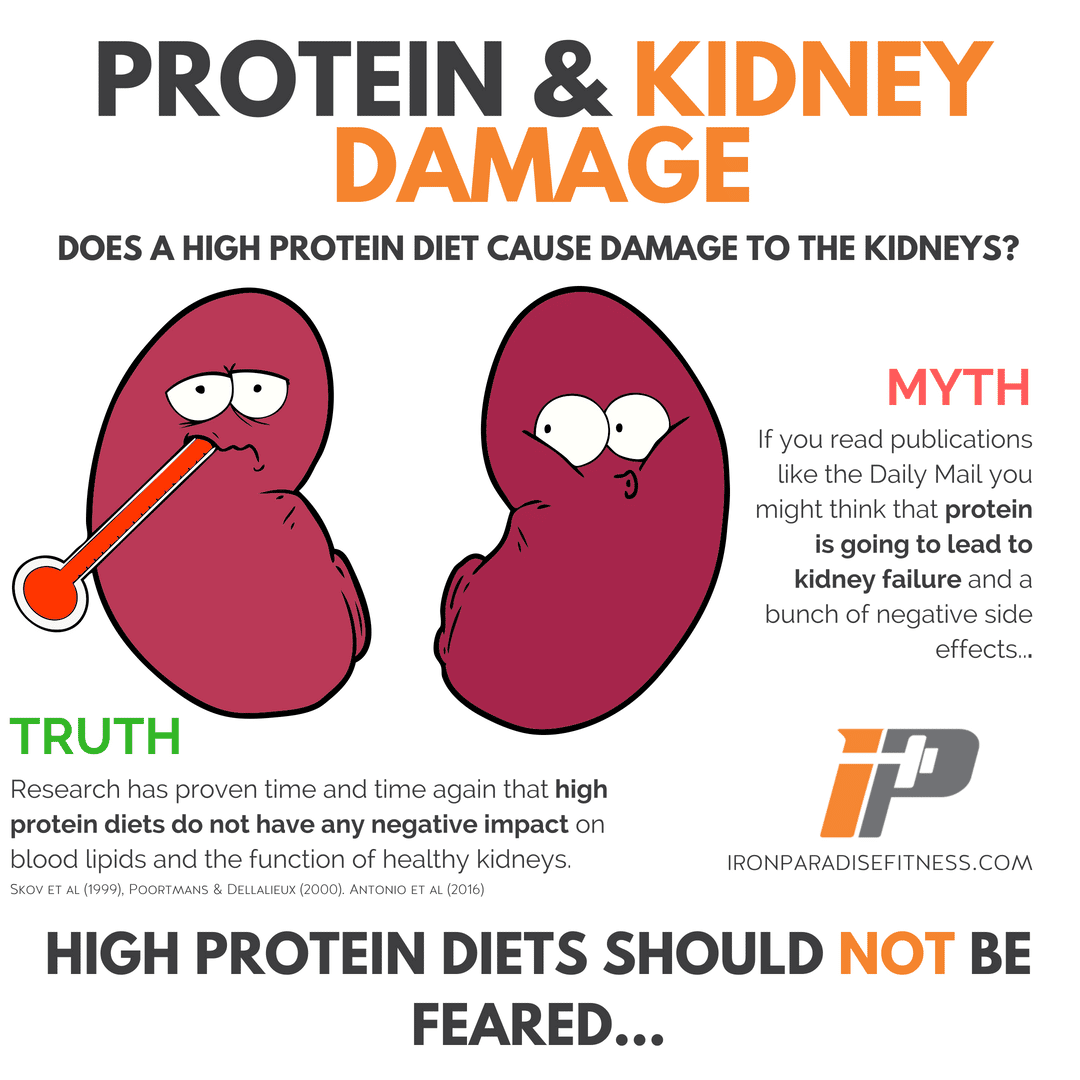In recent years, the healthcare industry has witnessed a transformative shift, thanks to the integration of artificial intelligence (AI) in various medical processes. Among the most impactful applications is AI in medical imaging, which is revolutionizing diagnostics and treatment planning. This article delves into the significant advancements and benefits brought by AI in medical imaging, exploring its potential to enhance diagnostic accuracy, streamline workflows, and ultimately improve patient outcomes.
The Evolution of Medical Imaging
Medical imaging has long been a cornerstone of modern diagnostics. Techniques such as X-rays, computed tomography (CT) scans, magnetic resonance imaging (MRI), and ultrasound have enabled healthcare professionals to visualize the internal structures of the body, aiding in the diagnosis and treatment of numerous conditions. However, traditional imaging methods often come with limitations, including the potential for human error, time-consuming processes, and challenges in interpreting complex images.
The Role of AI in Medical Imaging
AI, particularly through machine learning (ML) and deep learning algorithms, has emerged as a game-changer in medical imaging. By leveraging vast amounts of data, AI systems can learn to recognize patterns and anomalies in medical images with remarkable accuracy. Here are some key ways AI is enhancing medical imaging and diagnostics:
1. Improved Diagnostic Accuracy
One of the most significant benefits of AI in medical imaging is its ability to enhance diagnostic accuracy. AI algorithms can analyze medical images with a level of precision that surpasses human capabilities. For instance, AI-powered systems can detect subtle changes in tissues, identify early signs of diseases such as cancer, and differentiate between benign and malignant lesions. This level of accuracy is particularly valuable in conditions where early detection is crucial for successful treatment.
2. Faster Image Analysis
Traditionally, radiologists and other medical professionals spend considerable time analyzing medical images, which can delay diagnosis and treatment. AI can significantly expedite this process by rapidly processing and interpreting images. For example, AI algorithms can quickly identify abnormalities in chest X-rays or flag potential issues in mammograms, allowing healthcare providers to make timely decisions. This speed not only improves patient care but also reduces the workload on medical staff.
3. Enhanced Workflow Efficiency
AI integration in medical imaging streamlines workflows, making the diagnostic process more efficient. Automated image analysis reduces the need for manual interpretation, freeing up healthcare professionals to focus on more complex cases and patient interactions. Additionally, AI can assist in prioritizing cases based on urgency, ensuring that critical patients receive prompt attention. This optimization of resources is particularly valuable in busy healthcare settings.
4. Personalized Treatment Plans
AI’s ability to analyze vast datasets extends beyond diagnostics. It can also contribute to personalized treatment plans. By comparing a patient’s medical images with a comprehensive database of similar cases, AI can provide insights into the most effective treatment options. This personalized approach enhances the likelihood of successful outcomes and minimizes the risk of adverse effects.
5. Continuous Learning and Improvement
AI systems continuously learn and improve over time. As they are exposed to more data and feedback from medical professionals, their accuracy and reliability increase. This iterative learning process ensures that AI remains at the forefront of medical imaging advancements, adapting to new challenges and evolving medical knowledge.
Applications of AI in Medical Imaging
The integration of AI in medical imaging spans various medical fields, each benefiting from its unique capabilities. Here are some notable applications:
1. Radiology
Radiology is one of the primary beneficiaries of AI in medical imaging. AI algorithms can analyze X-rays, CT scans, and MRIs to detect conditions such as fractures, tumors, and infections. For example, AI-powered tools can assist radiologists in identifying lung nodules in chest CT scans, potentially indicating early-stage lung cancer. This early detection is crucial for improving patient survival rates.
2. Oncology
In oncology, AI is instrumental in detecting and monitoring cancer. AI algorithms can analyze mammograms to identify breast cancer at an early stage, even before visible symptoms appear. Additionally, AI can assist in tracking tumor progression and response to treatment, enabling oncologists to make informed decisions about therapeutic interventions.
3. Cardiology
Cardiovascular diseases are a leading cause of mortality worldwide. AI in cardiology aids in the analysis of echocardiograms, electrocardiograms (ECGs), and cardiac MRIs. AI algorithms can detect abnormalities in heart structures, identify arrhythmias, and assess the risk of heart attacks. This early detection and risk assessment are vital for preventing severe cardiac events.
4. Neurology
Neurological conditions such as stroke and Alzheimer’s disease require precise and timely diagnosis. AI in neurology can analyze brain scans to detect early signs of these conditions. For instance, AI algorithms can identify minute changes in brain tissue that may indicate the onset of Alzheimer’s disease, allowing for early intervention and management.
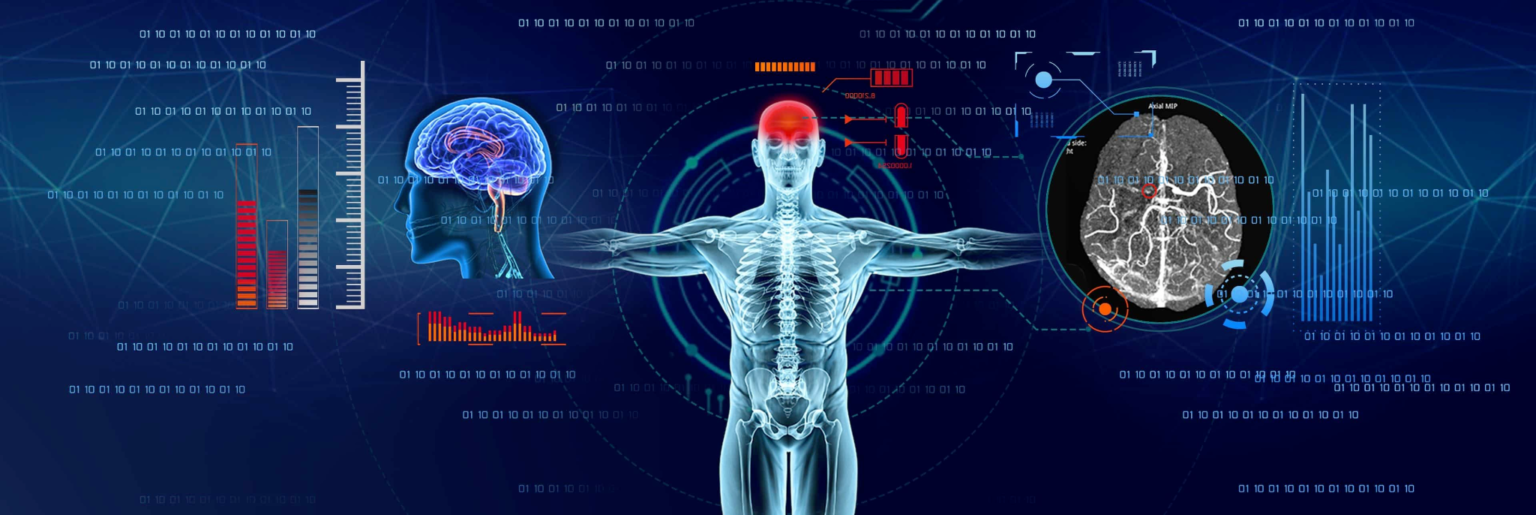
5. Ophthalmology
AI is also making strides in ophthalmology. AI-powered systems can analyze retinal images to detect conditions such as diabetic retinopathy and age-related macular degeneration. Early detection of these conditions is crucial for preventing vision loss and ensuring timely treatment.
Challenges and Future Directions
While the integration of AI in medical imaging holds immense promise, it is not without challenges. Some of the key challenges include:
1. Data Quality and Privacy
AI algorithms rely on high-quality data for accurate analysis. Ensuring the availability of diverse and representative datasets is essential. Additionally, patient privacy and data security must be maintained, as medical images contain sensitive information.
2. Regulatory Approval
The use of AI in medical imaging requires regulatory approval to ensure safety and efficacy. Regulatory bodies must establish clear guidelines and standards for AI-powered diagnostic tools, ensuring they meet stringent criteria before widespread adoption.
3. Integration with Existing Systems
Integrating AI seamlessly into existing healthcare systems can be complex. Healthcare providers must invest in infrastructure and training to ensure that AI tools are effectively utilized and integrated into clinical workflows.
4. Ethical Considerations
The use of AI in medical imaging raises ethical considerations, including issues of bias and transparency. Ensuring that AI algorithms are unbiased and their decision-making processes are transparent is crucial for maintaining trust in AI-powered diagnostics.
Conclusion
AI in medical imaging is revolutionizing the field of diagnostics, offering unprecedented accuracy, speed, and efficiency. By enhancing diagnostic accuracy, streamlining workflows, and enabling personalized treatment plans, AI is poised to transform healthcare delivery. While challenges remain, the continuous advancement of AI technology and its integration into medical practice hold the promise of improved patient outcomes and a brighter future for healthcare. As AI continues to evolve, its role in medical imaging will undoubtedly expand, paving the way for a new era of precision medicine and advanced diagnostics.






